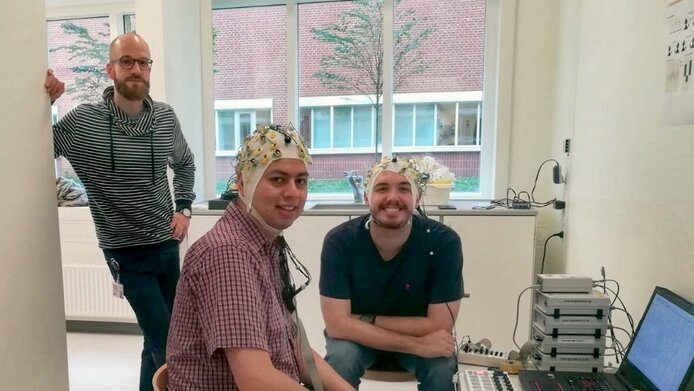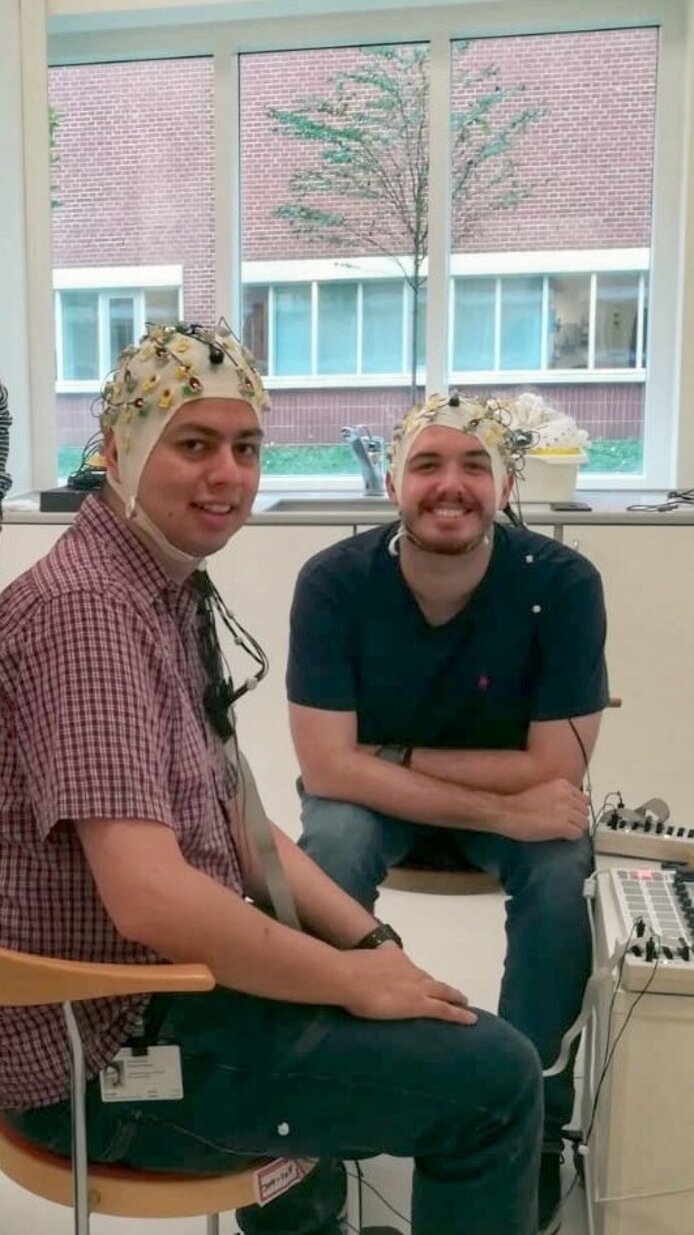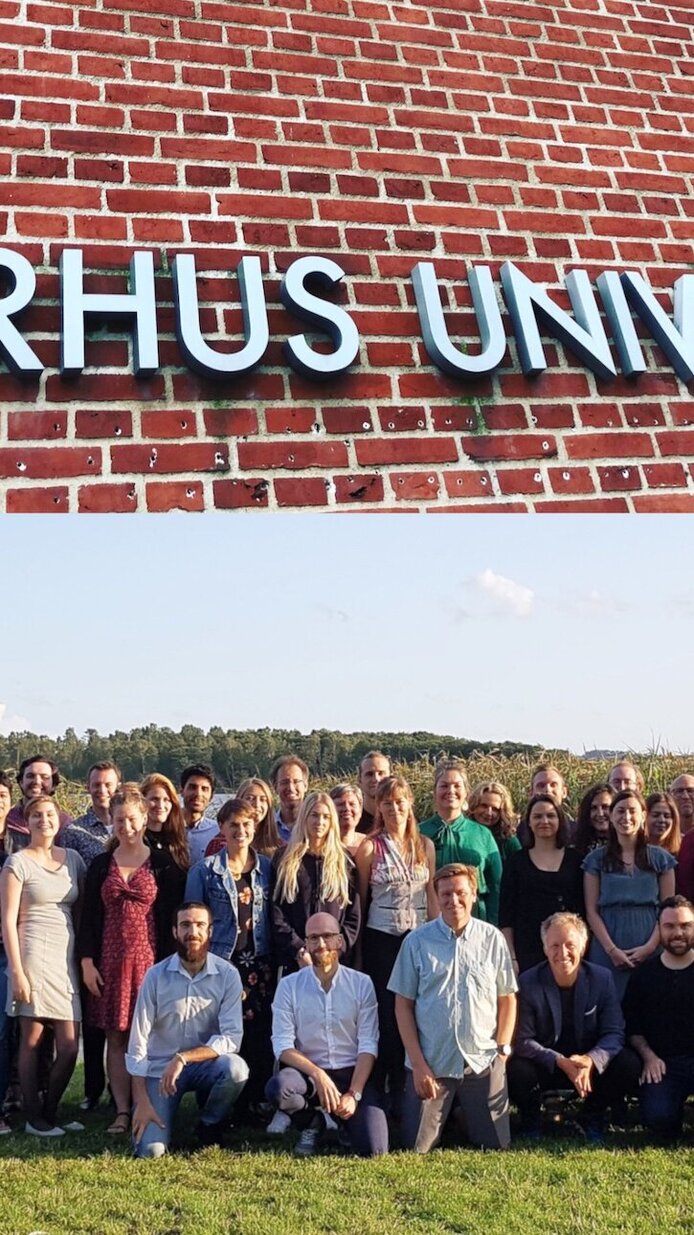Music brings people together – researchers included

One of the most direct ways in which music captivates and connects people is through movement. Some rhythms make us tap our feet in time with the beat almost automatically or inspire us to dance with others. My research at the Center for Music in the Brain in Aarhus, Denmark focuses on the interactions between auditory and motor areas of the brain that enable us to translate rhythm into movement. On a more socio-psychological level, I investigate the prosocial consequences of moving to music with others.
Rhythm in the Brain and in Social Interactions
In previous studies, we used EEG to examine the role of neural oscillations in the perception and interpretation of musical rhythms. By using TMS and EMG, we additionally demonstrated that the motor system is involved in rhythm perception even when we are not actively moving. Our current aim is to combine both methods in a longitudinal study to understand how enculturation affects rhythm-related neural oscillations and motor system activity.
One reason why our brains are capable of translating music into movement might be that moving together to the same rhythm strengthens social bonding. In a recent publication combining data collected at the University of Graz and the Center for Music in the Brain, we showed that the unique context provided by music can strengthen social bonds. Our findings indicate that individual musical preferences might be more relevant for the influence of movement synchrony on social bonding than cultural familiarity with music.
More information
Of course, the corona pandemic complicates data collection but fortunately, some of my research can be done online. The FWF reacted quickly and reliably to the pandemic and I am confident that the flexible support ensures a positive outcome of Schrödinger projects all over the world.
Center for Music in the Brain
During my PhD in Psychology at the University of Graz, the combination of neuroscience and musicology was quite unusual. Here in Aarhus, I am surrounded by an interdisciplinary group of musicologists, psychologists, neuroscientists, linguists and biologists who are all trained or interested in music. The versatile environment and infrastructure enable me to draw on experience in various fields of neuroscience and music, learn new research methods, and form new collaborations.
Living in Aarhus
The stark contrast between Danish winters and summers was something I had to get used to. The dark winter makes people stay in their cozy homes, whereas the bright summer makes people come out of their hygge* hibernation. As soon as the sun is out people make sure to catch every ray of sunshine—in cafes, at the beach, or in parks and gardens. I enjoy both sides, especially since I made my apartment very hyggelig.
One of the things I miss are the Austrian mountains and outdoor rope climbing. However, I found a fantastic climbing club with open and friendly people. Being based on self-organized volunteer work the club’s motto is “Initiativet har magten” which can be translated as “The initiative has power”. Inspired by this motto, I joined the club’s route setter team and learned how to transform plastic holds in a box into a climbing route on the wall. Comparable to research, creating a climbing route requires training, trial and error testing, creativity, technical skills, and feedback. “Initiativet har magten” also applies to research.
* The Danish word “hygge” can be defined as “mood of coziness and comfortable conviviality with feelings of wellness and contentment” and can be used to describe a core part of Danish culture (Wikipedia).
![[Translate to English:] Jan Stupacher](/fileadmin/_processed_/a/a/csm_Jan-Stupacher_c298231f6a.jpg)







